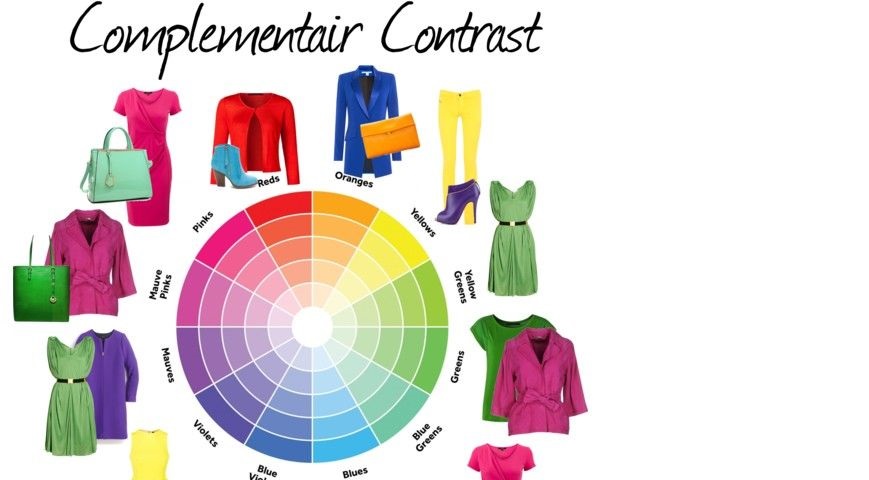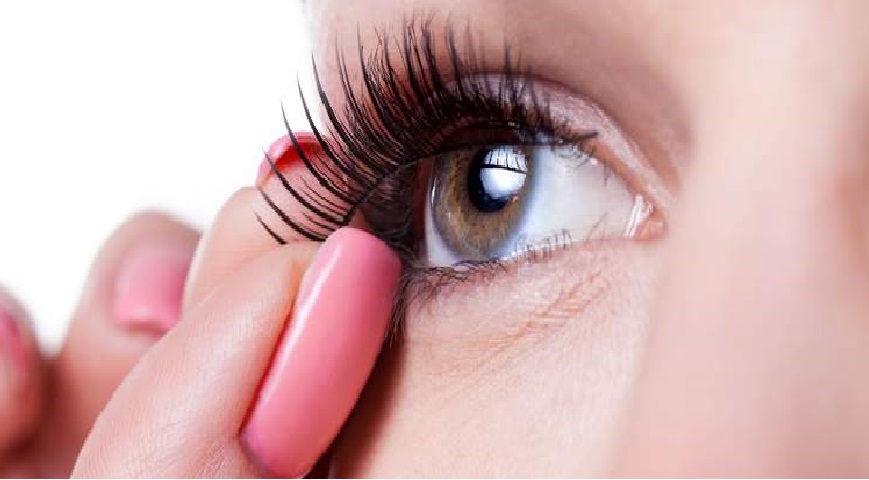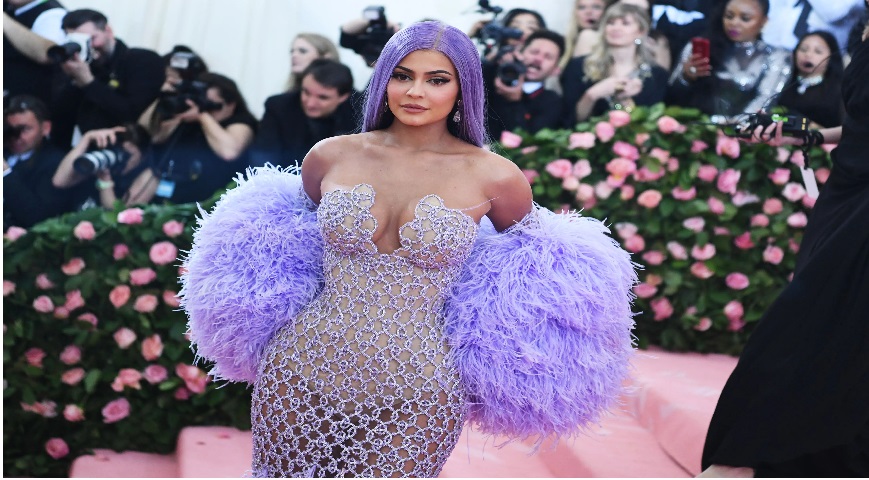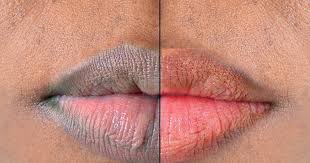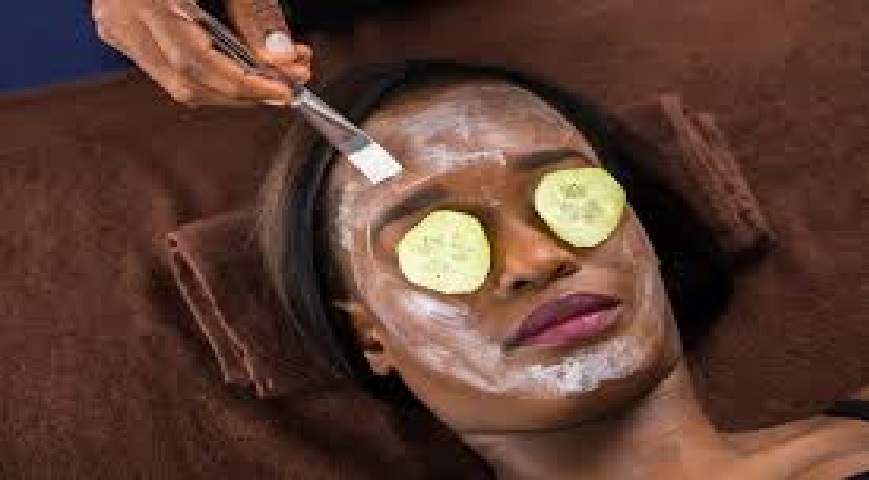Matching colors in outfits can be a tricky task, but with a little bit of knowledge and practice, it can be easily mastered. Here are some tips and tricks to help you create harmonious color combinations in your clothing.
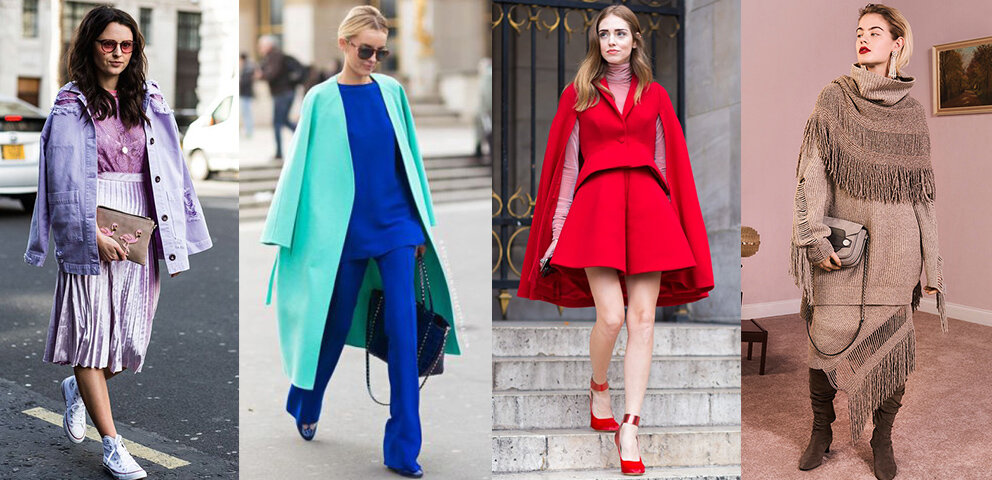
First, it's important to understand the color wheel
The color wheel is a visual representation of the colors of the spectrum, arranged in a circle. It is divided into primary colors (red, blue, and yellow), secondary colors (green, orange, and purple), and tertiary colors (red-orange, yellow-orange, yellow-green, blue-green, blue-purple, and red-purple). Understanding the color wheel can help you understand how colors interact and how to create harmonious color combinations.
Did you read this?
Use analogous colors
One way to create a harmonious color combination is to use colors that are next to each other on the color wheel. These are known as analogous colors. Analogous colors are colors that are adjacent to each other on the color wheel, such as blue and green or yellow and orange. Analogous colors tend to be very pleasing to the eye, as they have a natural sense of harmony and balance. This can be a great way to create a relaxed and comfortable look.
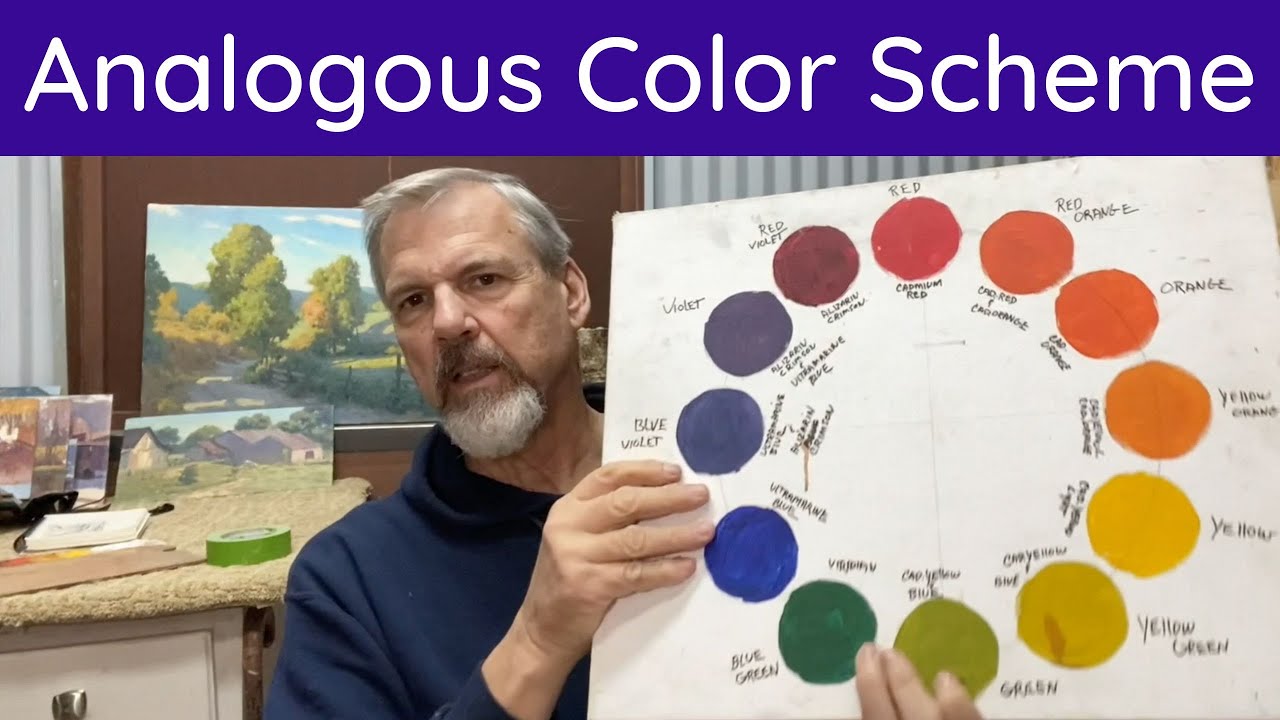
Create a harmonious color combination
Use colors that are opposite each other. These are known as complementary colors. Complementary colors are colors that are opposite each other on the color wheel, such as blue and orange or red and green. Complementary colors tend to create a dynamic and high-contrast look. This can be a great way to create an eye-catching and exciting outfit.
Consider undertone colors
When pairing colors together, consider also the undertone of the colors. For example, a blue can have a green undertone, a yellow can have a green undertone and a red can have an orange undertone. This can help you to pick colors that will work together.
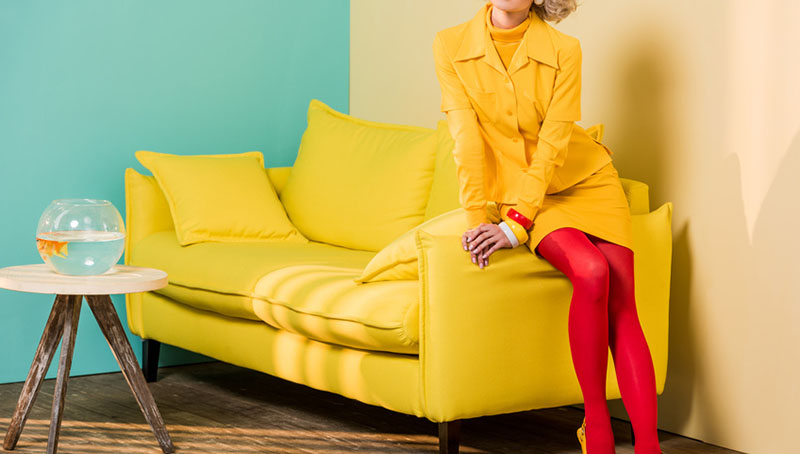
Use a monochromatic color scheme
A monochromatic color scheme uses different shades and tints of the same color. This can be a great way to create a cohesive and sophisticated look. For example, you could pair a pale pink blouse with a dark pink skirt and a medium pink cardigan.
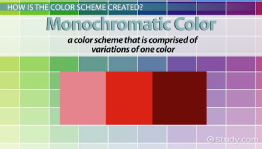
If you want to create a more dynamic and eclectic look, you can use a multicolor scheme. A multicolor scheme uses a variety of different colors in a single outfit. For example, you could pair a red top with a blue skirt and a green scarf. This can be a great way to add some fun and interest to your outfit.
What's the occasion?
This is a common question but many people ignore it. Different occasions will require different types of color combinations. For example, a business meeting will require a more conservative color combination than a night out on the town.
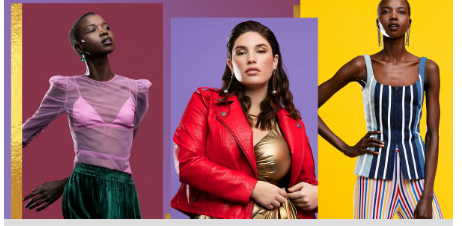
Never be afraid to experiment with different color combinations. With a little bit of practice and experimentation, you will be able to create harmonious and beautiful color combinations in no time.
Matching colors in outfits can be a tricky task, but with a little bit of knowledge and practice, it can be easily mastered. Understanding the color wheel, using analogous colors, complementary colors, monochromatic color schemes, and considering the occasion is a key to creating harmonious color combinations. Also, don't forget to consider the undertone of colors when pairing colors together, and don't be afraid to experiment and have fun.

